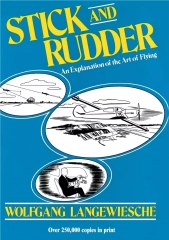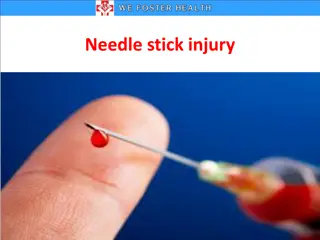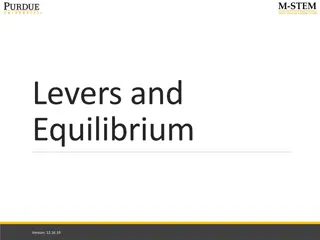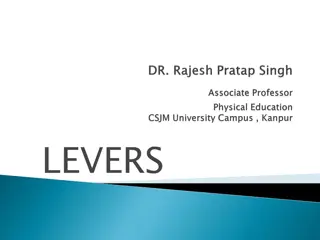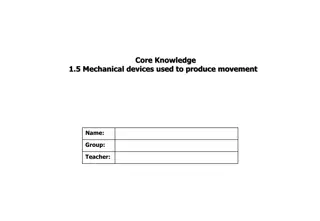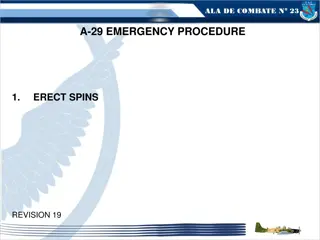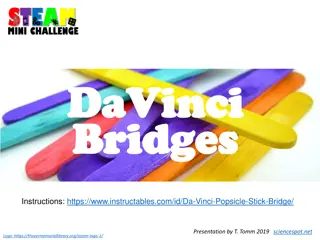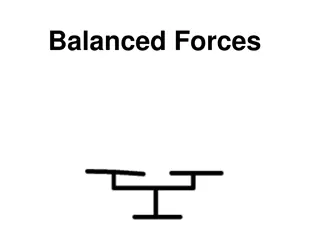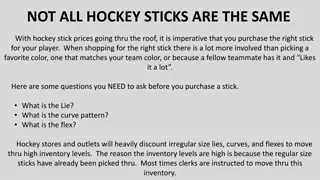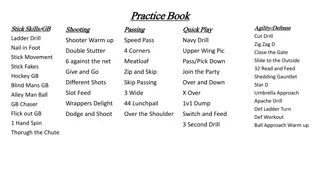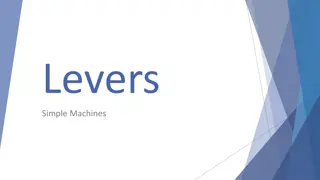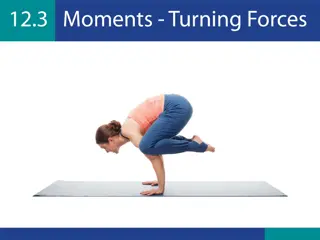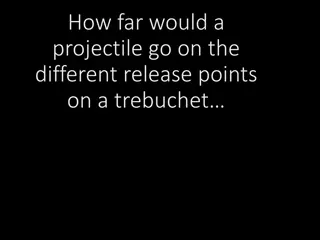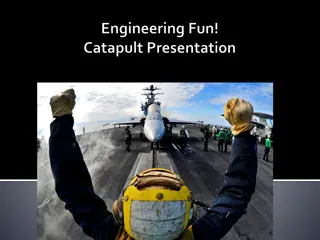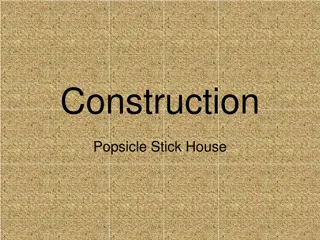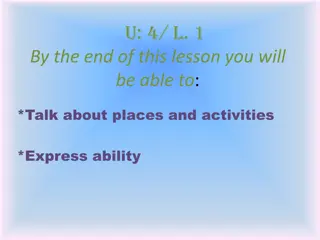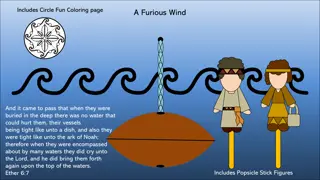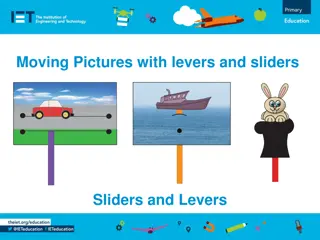Exploring Levers Through Building a Popsicle Stick Catapult
Learn about levers by creating a popsicle stick catapult. Understand the principles of levers, including types and how they work. Ensure safety precautions are followed throughout the activity. Discover the mechanical advantage of levers in a hands-on and engaging way.
Download Presentation

Please find below an Image/Link to download the presentation.
The content on the website is provided AS IS for your information and personal use only. It may not be sold, licensed, or shared on other websites without obtaining consent from the author. Download presentation by click this link. If you encounter any issues during the download, it is possible that the publisher has removed the file from their server.
E N D
Presentation Transcript
Build a popsicle stick catapult Learning about levers by making a catapult
Stay safe Whether you are a scientist researching a new medicine or an engineer solving climate change, safety always comes first. An adult must always be around and supervising when doing this activity. You are responsible for: ensuring that any equipment used for this activity is in good working condition behaving sensibly and following any safety instructions so as not to hurt or injure yourself or others Please note that in the absence of any negligence or other breach of duty by us, this activity is carried out at your own risk. It is important to take extra care at the stages marked with this symbol:
What are Levers? A lever is the simplest form of machine It is used to change the size or direction of a force Some types of lever can give a mechanical advantage this means you can move heavy loads with less effort Effort Load The lever is a beam or bar When used, there is a fulcrum, load and effort Beam Fulcrum
How Levers Work 1 If the load and effort are the same force (weight) and are each the same distance from the fulcrum, the lever will balance Changing the distances between the fulcrum, the load or the effort changes the amount of effort needed to move the load Effort Load Fulcrum
How Levers Work 2 Here, the load and effort are the same force but the distance from the load to the fulcrum is less than the distance from the load to the effort. What will happen? Load Load Effort Effort Fulcrum Fulcrum
How Levers Work 3 Here, the load is bigger than the effort They are each the same distance from the fulcrum What will happen? Effort Effort Load Load Fulcrum Fulcrum
First Class levers There are three classes (or types) of lever In a first class lever, the fulcrum is between the load and effort A seesaw is a first class lever Effort Load Beam Fulcrum
Second Class Levers In a second class lever, the load is between the effort and the fulcrum Wheelbarrows and nutcrackers are second class levers Effort Load Beam Fulcrum
Third Class Levers In a third class lever, the effort is between the load and the fulcrum Barbecue tongs are an example of a third class lever Load Effort Beam Fulcrum
Resources We are going to make a catapult this uses the principles of levers to throw things! You will need: Craft sticks at least 7 Small elastic bands at least 6 A teaspoon (metal or plastic) Chocolate mini-eggs (or similar) ammunition!
Step 1 Make your fulcrum Using elastic bands at each end, attach 4 (or 5) craft sticks together You will need to wrap the elastic bands around a few times to hold it securely
Step 2 Make your thrower Using two elastic bands, attach the tea spoon to one end of a craft stick Using one elastic band, attach a second craft stick to the other end of the first stick
Step 3 Assembly Wedge the block between the two craft sticks of the thrower Wrap an elastic band about the point where it touches the craft sticks to hold it in place
Step 4 Fire! Using one hand, hold down the catapult at the end Egg Hold it down Place the chocolate mini egg in the spoon Pull the spoon back then release and launch the egg!
Alternative design For more throwing power, try making a structure using pencils and elastic bands


